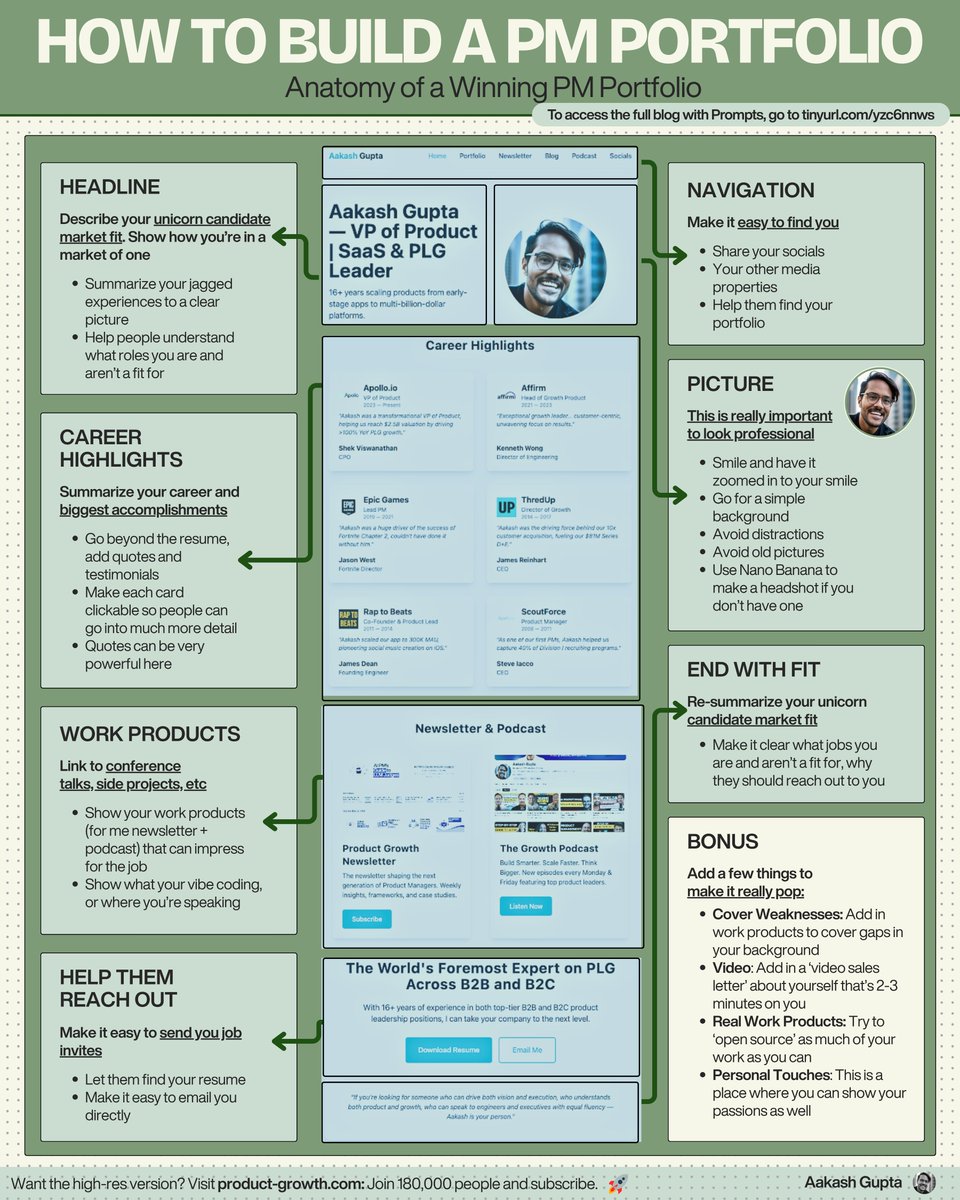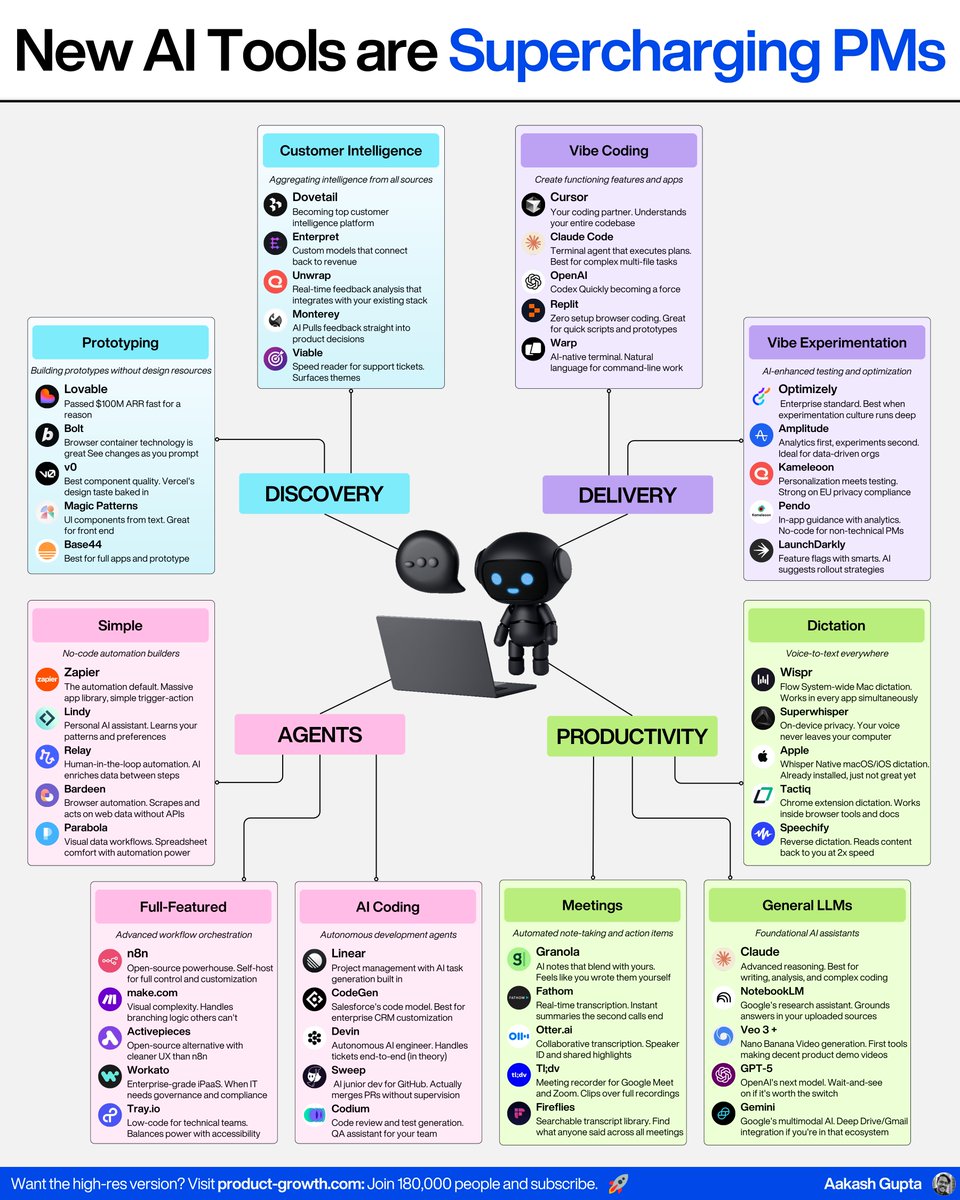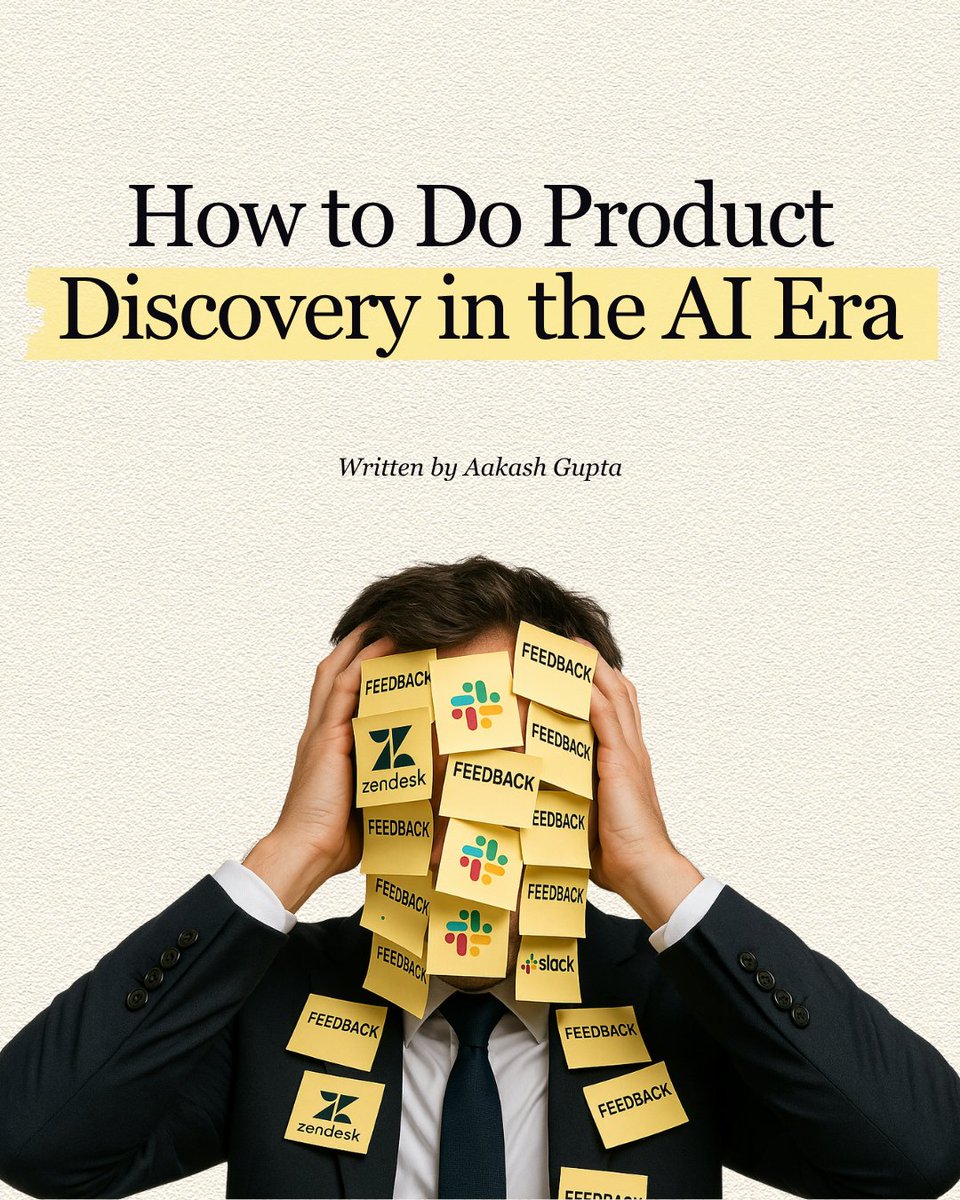Product-market fit is not enough anymore. You need position-market fit:
There was a time, not too long ago, where in startupland one could build a thing that solved a real problem, put a price tag on it, and see if the market wanted it:
• If they did, then we would have said he had found product-market fit
• If they didn’t, we would say he didn’t and it was “back to the lab”
That time, for better or worse, is long gone.
Here’s how @0zne and I break it down:
In 2024, a utility provided through software can’t make a dent effectively anymore. People’s heads are overstuffed with competing products, messaging, and narratives. It’s hard for a product alone to get a market edge.
The main exceptions are new tech or hyper-niche markets. ChatGPT, for example. But that is a rare instances of breakthrough technology where the “product” itself carries the bulk of the impact.
Most companies don't have that luxury and are not in such a position. So, if a product alone isn’t enough, then what is enough?
Enter position-market-fit.
• If “product-market-fit” means that you’ve found the right kind of product that the market wants…
• “Position-market-fit” means that you’ve found the right combination of product/brand/marketing/pricing/go-to-market/sales/etc in a given domain.
The Importance of Brain Estate
The fundamental reason why “position-market-fit” is so important is that it operates more at a personal and subconscious level. Our brains can only conceptualize a finite set of “characters'' per domain.
Similar to the "Dunbar number" rule, which suggests we can maintain stable social relationships with up to 150 people, our brains are wired to understand only a finite number of company-market associations.
Gaining a strong positional edge, or nailing “position-market-fit” is the exercise through which a company, with the right combination of product, brand, pricing, marketing and go-market is able to conquer a certain portion of consumer “brain-estate.”
The Story of Startup Success
If you step back and analyze some of the best startups from the last decade, you'll see they excelled at this.
→ Are you building in an established market dominated by large incumbents with feature-bloated, slow, and clunky software? In that case, you might want to position your product as a speed-first, high-craft, premium option, similar to a luxury car company. Does Linear ring a bell?
→ Alternatively, if you're entering a highly commoditized market dominated by a few corporate-looking brands, consider positioning yourself as the quirky, fun company that doesn’t take itself too seriously. Embrace the David vs. Goliath narrative with bold, edgy marketing and design. Does Arc Browser come to mind?
Their pricing strategies are almost a second-order effect of their employed market positioning.
And that’s the power of position-market fit.
There was a time, not too long ago, where in startupland one could build a thing that solved a real problem, put a price tag on it, and see if the market wanted it:
• If they did, then we would have said he had found product-market fit
• If they didn’t, we would say he didn’t and it was “back to the lab”
That time, for better or worse, is long gone.
Here’s how @0zne and I break it down:
In 2024, a utility provided through software can’t make a dent effectively anymore. People’s heads are overstuffed with competing products, messaging, and narratives. It’s hard for a product alone to get a market edge.
The main exceptions are new tech or hyper-niche markets. ChatGPT, for example. But that is a rare instances of breakthrough technology where the “product” itself carries the bulk of the impact.
Most companies don't have that luxury and are not in such a position. So, if a product alone isn’t enough, then what is enough?
Enter position-market-fit.
• If “product-market-fit” means that you’ve found the right kind of product that the market wants…
• “Position-market-fit” means that you’ve found the right combination of product/brand/marketing/pricing/go-to-market/sales/etc in a given domain.
The Importance of Brain Estate
The fundamental reason why “position-market-fit” is so important is that it operates more at a personal and subconscious level. Our brains can only conceptualize a finite set of “characters'' per domain.
Similar to the "Dunbar number" rule, which suggests we can maintain stable social relationships with up to 150 people, our brains are wired to understand only a finite number of company-market associations.
Gaining a strong positional edge, or nailing “position-market-fit” is the exercise through which a company, with the right combination of product, brand, pricing, marketing and go-market is able to conquer a certain portion of consumer “brain-estate.”
The Story of Startup Success
If you step back and analyze some of the best startups from the last decade, you'll see they excelled at this.
→ Are you building in an established market dominated by large incumbents with feature-bloated, slow, and clunky software? In that case, you might want to position your product as a speed-first, high-craft, premium option, similar to a luxury car company. Does Linear ring a bell?
→ Alternatively, if you're entering a highly commoditized market dominated by a few corporate-looking brands, consider positioning yourself as the quirky, fun company that doesn’t take itself too seriously. Embrace the David vs. Goliath narrative with bold, edgy marketing and design. Does Arc Browser come to mind?
Their pricing strategies are almost a second-order effect of their employed market positioning.
And that’s the power of position-market fit.

• • •
Missing some Tweet in this thread? You can try to
force a refresh











